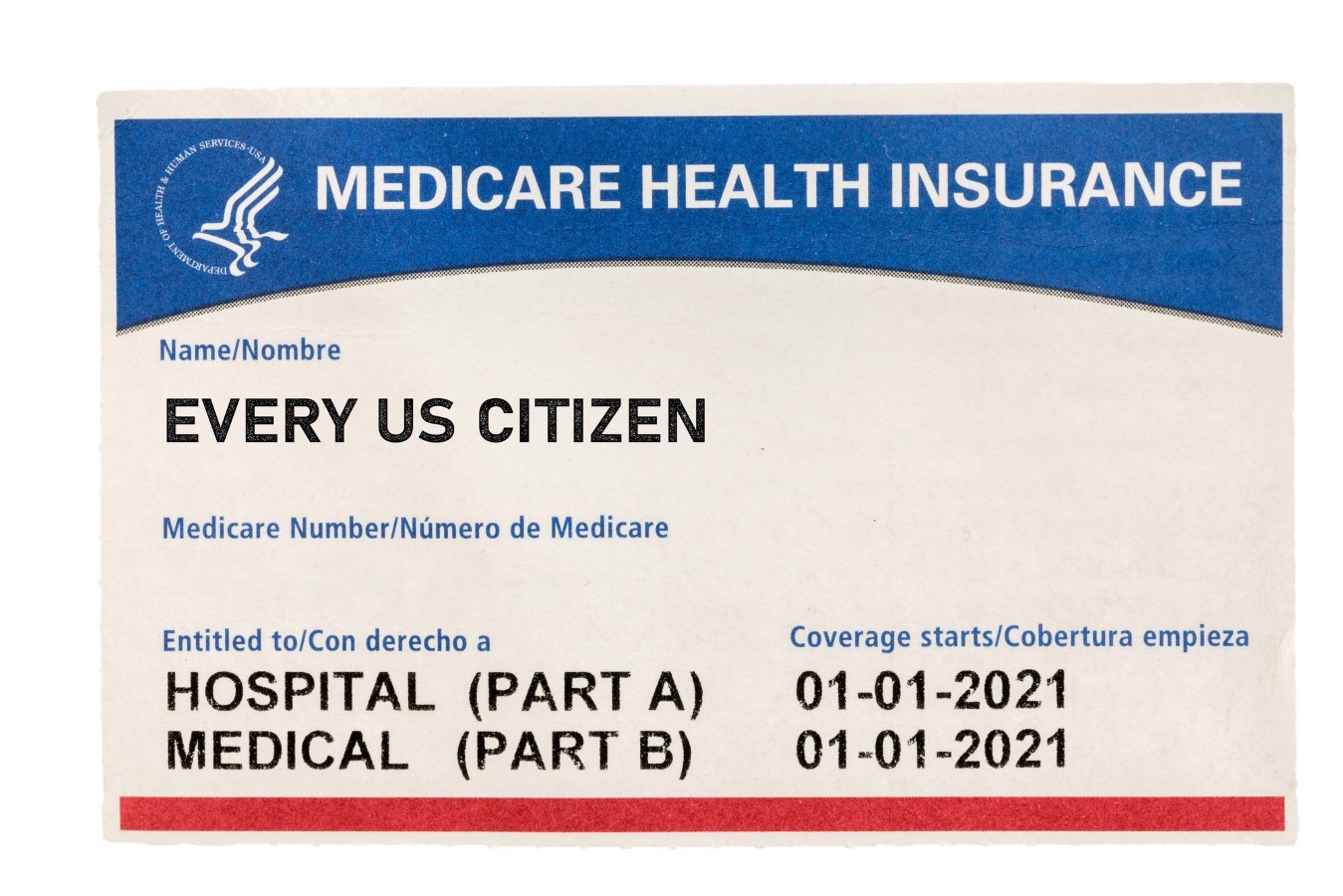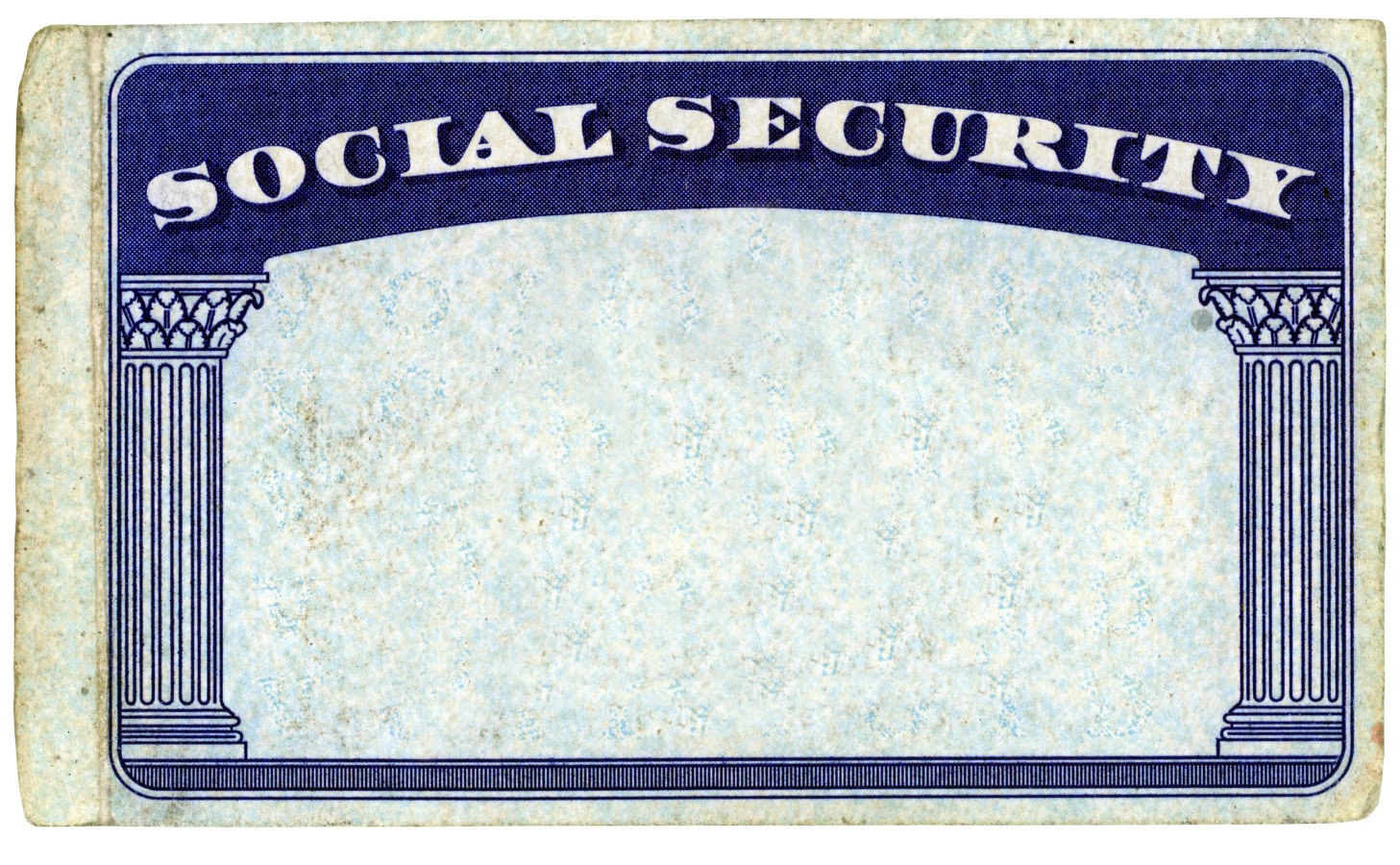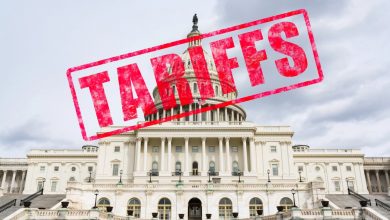Trump Fires BLS Chief After Weak Jobs Report: “We Need Accurate Jobs Numbers!” – Financial Freedom Countdown
Hours after the U.S. posted a lackluster July jobs report, President Donald Trump fired Bureau of Labor Statistics (BLS) Commissioner Dr. Erika McEntarfer.
The report showed just 73,000 new jobs, far short of the 106,000 expected, and included sharp downward revisions to May and June’s data.
Trump called the numbers “rigged” and accused McEntarfer, a Biden-era appointee, of manipulating statistics for political reasons.

Taking to Truth Social, Trump wrote:
“We need accurate Jobs Numbers,” he posted. “I have directed my Team to fire this Biden Political Appointee, IMMEDIATELY. She will be replaced with someone much more competent and qualified. Important numbers like this must be fair and accurate, they can’t be manipulated for political purposes.”
Who Was Erika McEntarfer?

McEntarfer was appointed BLS Commissioner in January 2024 under President Biden.
She previously worked as a labor economist and was considered a nonpartisan figure; until now.
Trump and his allies viewed her as a symbol of what they call “Biden-era data distortion.”
Deputy Commissioner William Wiatrowski will serve as Acting Commissioner until a permanent replacement is confirmed.
July Jobs Miss Fuels Backlash

The July report was a disappointment across the board:
73,000 jobs added, versus the 106,000 expected
Unemployment rose to 4.2% from 4.1%
Labor force participation dipped to 62.2%
Worse still, May and June job figures were revised down by a combined 258,000 jobs, shaking confidence in the overall labor picture.
Trump Slams Fed and Powell—Again

Trump didn’t stop with BLS. He also renewed his attacks on Federal Reserve Chair Jerome Powell, saying Powell “plays games” with interest rates and “should also be put out to pasture.”
The Fed had just announced its fifth straight rate hold.
Biden Economists Cry Foul, Call It a “Dangerous Precedent”

Trump’s critics erupted in outrage. Former Labor Secretary Julie Su accused him of firing McEntarfer for simply “telling the truth.”
Economist William Beach, a Trump appointee and McEntarfer’s predecessor, called the firing “totally groundless” and “dangerous.”
Other economists warned the move could erode public trust in U.S. labor data, with the Economic Policy Institute warning of “chaos” in consumer confidence and investment if people stop believing the numbers.
Tariffs May Be Behind the Hiring Slump

Economists say Trump’s sweeping new tariffs; announced just days before the jobs report, may have played a role in the hiring slowdown.
A survey from the National Association for Business Economics found that 1 in 4 companies plan to delay hiring or investment due to tariff uncertainty.
Trump’s Team Blames Seasonal Trends and Foreign Labor Cuts

Stephen Miran, head of Trump’s Council of Economic Advisers, tried to downplay the numbers, blaming seasonal trends and Trump’s border policies for reducing foreign-held jobs.
“Uncertainty was needed to create leverage,” he said, but argued that with new trade deals and tax cuts in place, “an economic boom” is on the horizon.
Trump’s “One Big Beautiful Bill” at Center of Economic Plan

The job numbers come on the heels of Trump’s signature economic legislation; a sweeping tax and trade package he says will turbocharge growth.
Trump’s allies say the law is just beginning to take effect and that better job numbers are coming.
Trump Doubles Down: “The Economy Is BOOMING!”

Despite the data, Trump remains bullish. “The Economy is BOOMING under ‘TRUMP,’” he wrote.
He claims the BLS numbers were manipulated to undercut Republican momentum ahead of the election and promised a course correction.
Responding to reporters, Trump insisted on the rationale for the firing. “I believe the numbers were phony, just like they were before the election, and there were other times,” Trump said, while refusing to provide proof to back up his allegations.
A Rare Move With High Stakes

Firing a BLS commissioner is virtually unheard of, especially over a single jobs report. While BLS data is often revised, Trump’s direct action sent shockwaves through economic and political circles.
The last time similar tensions surfaced was during the Nixon administration.
What Happens Next?

The White House has not yet named McEntarfer’s permanent replacement, but expectations are that Trump will appoint someone who aligns more closely with his vision of “America First” economics.
Meanwhile, critics worry about a politicized data pipeline and long-term damage to the credibility of government statistics.
Trump Sends a Message

With the stroke of a tweet, Trump made clear he won’t tolerate what he calls “fake data.” Whether this marks a turning point in how Americans view official statistics; or just another skirmish in a deeply polarized political war remains to be seen.
But one thing is certain: Trump is once again rewriting the rules of Washington.
Like Financial Freedom Countdown content? Be sure to follow us!
Trump’s Big Beautiful Bill: $3.4 Trillion Cost—or $366 Billion in Deficit Cuts, CBO Says It Depends on the Math

President Donald Trump’s second-term legislative centerpiece, the One Big Beautiful Bill Act, is officially law; and it delivers on multiple promises. The 887-page package expands the 2017 Trump tax cuts, boosts defense and border spending, and eliminates taxes on tips and overtime. It’s being celebrated as a massive win for working Americans, small business owners, and national security.
Congress May Auto-Enroll You in Medicare Advantage for 3 Years; Without Asking First

A new bill in Congress; H.R. 3467, could dramatically change how older adults enroll in Medicare starting in 2028. The legislation, sponsored by Rep. David Schweikert (R-AZ), would automatically place all eligible individuals into the lowest-cost Medicare Advantage plan in their area unless they actively opt out. This means millions of seniors could be enrolled into a health plan they didn’t choose, with networks, drug coverage, and out-of-pocket costs they may not understand until it’s too late.
Congress May Auto-Enroll You in Medicare Advantage for 3 Years; Without Asking First

Social Security beneficiaries are projected to receive a 2.6% Cost-of-Living Adjustment (COLA) in 2026, according to estimates based on the latest inflation data released by the Bureau of Labor Statistics on July 15, 2025. The adjustment, which determines how much monthly benefits increase to keep pace with inflation, is calculated using the Consumer Price Index for Urban Wage Earners and Clerical Workers (CPI-W). While this projected bump is slightly higher than the previous month’s estimate of 2.5%, it still falls short of covering rising living costs for many seniors.
Social Security’s 2.6% Projected COLA in 2026 Could Be Wiped Out by Rising Medicare Costs

A new bipartisan proposal could transform Social Security as we know it. Senators Bill Cassidy (R-La.) and Tim Kaine (D-Va.) are floating a plan to invest the Social Security Trust Fund in stocks and bonds, betting that market returns could rescue the program from insolvency. But some experts warn: one market downturn could devastate millions of retirees who depend on these benefits.

John Dealbreuin came from a third world country to the US with only $1,000 not knowing anyone; guided by an immigrant dream. In 12 years, he achieved his retirement number.
He started Financial Freedom Countdown to help everyone think differently about their financial challenges and live their best lives. John resides in the San Francisco Bay Area enjoying nature trails and weight training.
Here are his recommended tools
Personal Capital: This is a free tool John uses to track his net worth on a regular basis and as a retirement planner. It also alerts him wrt hidden fees and has a budget tracker included.
Platforms like Yieldstreet provide investment options in art, legal, real estate, structured notes, venture capital, etc. They also have fixed-income portfolios spread across multiple asset classes with a single investment with low minimums of $10,000.
